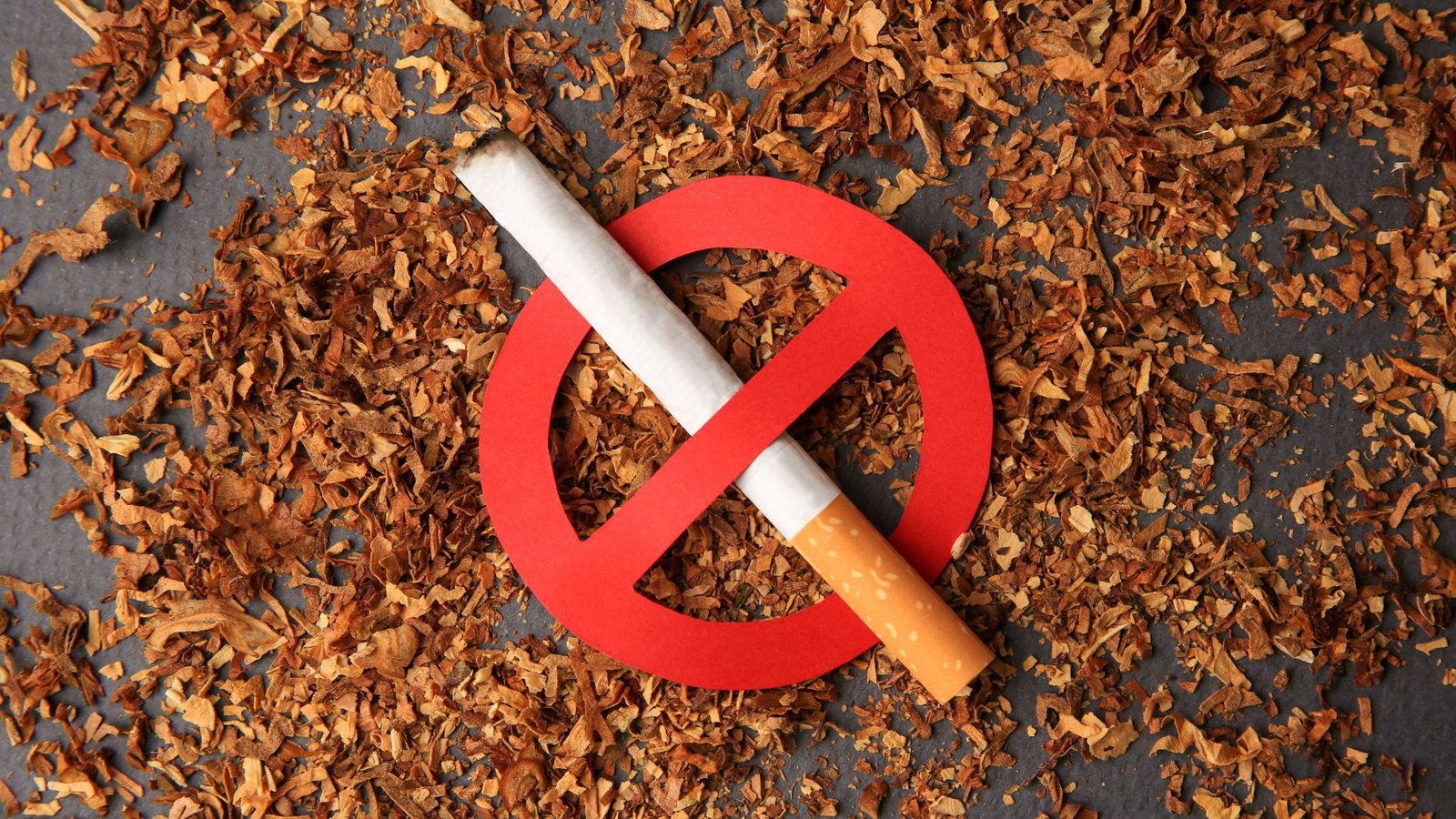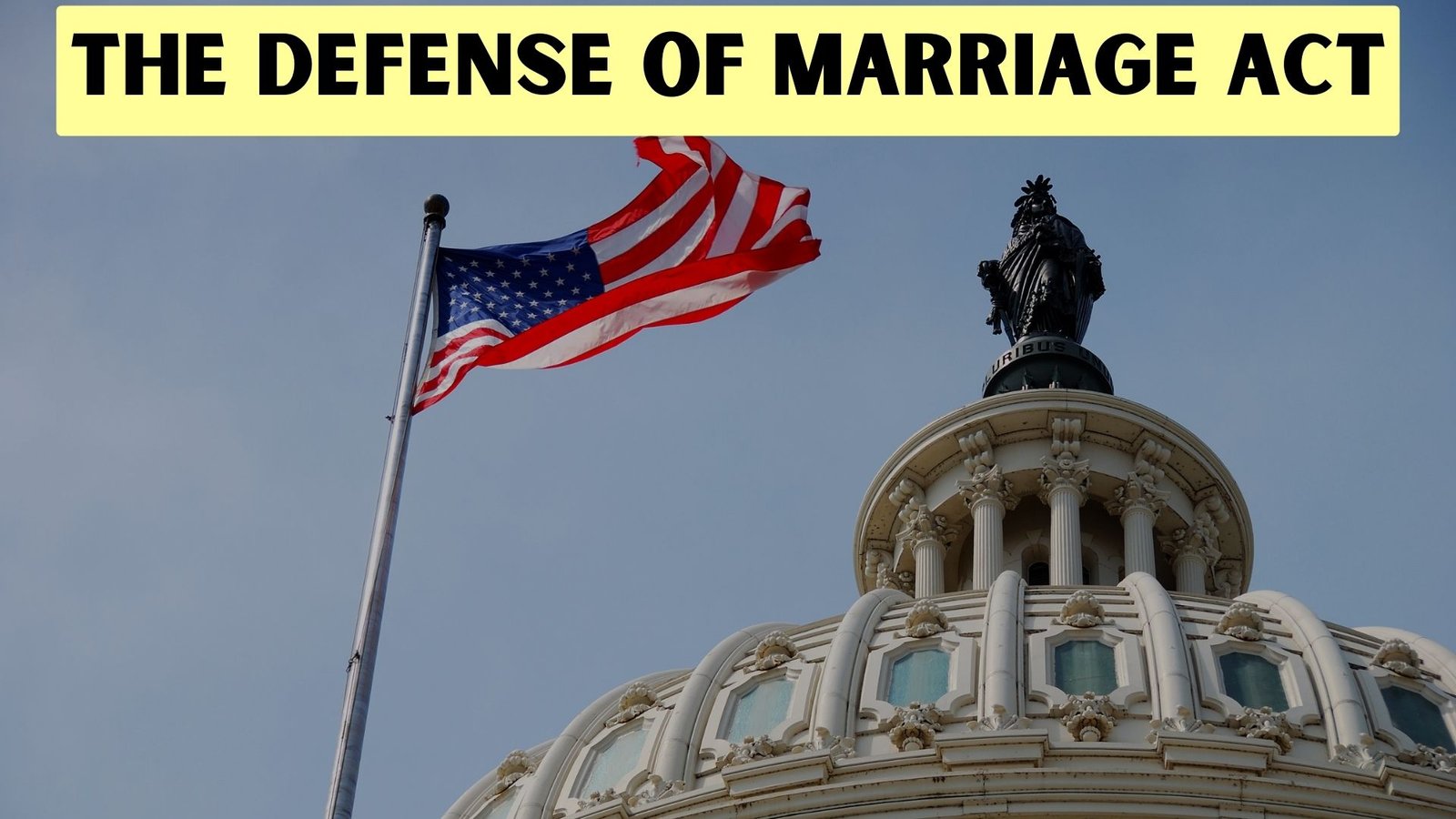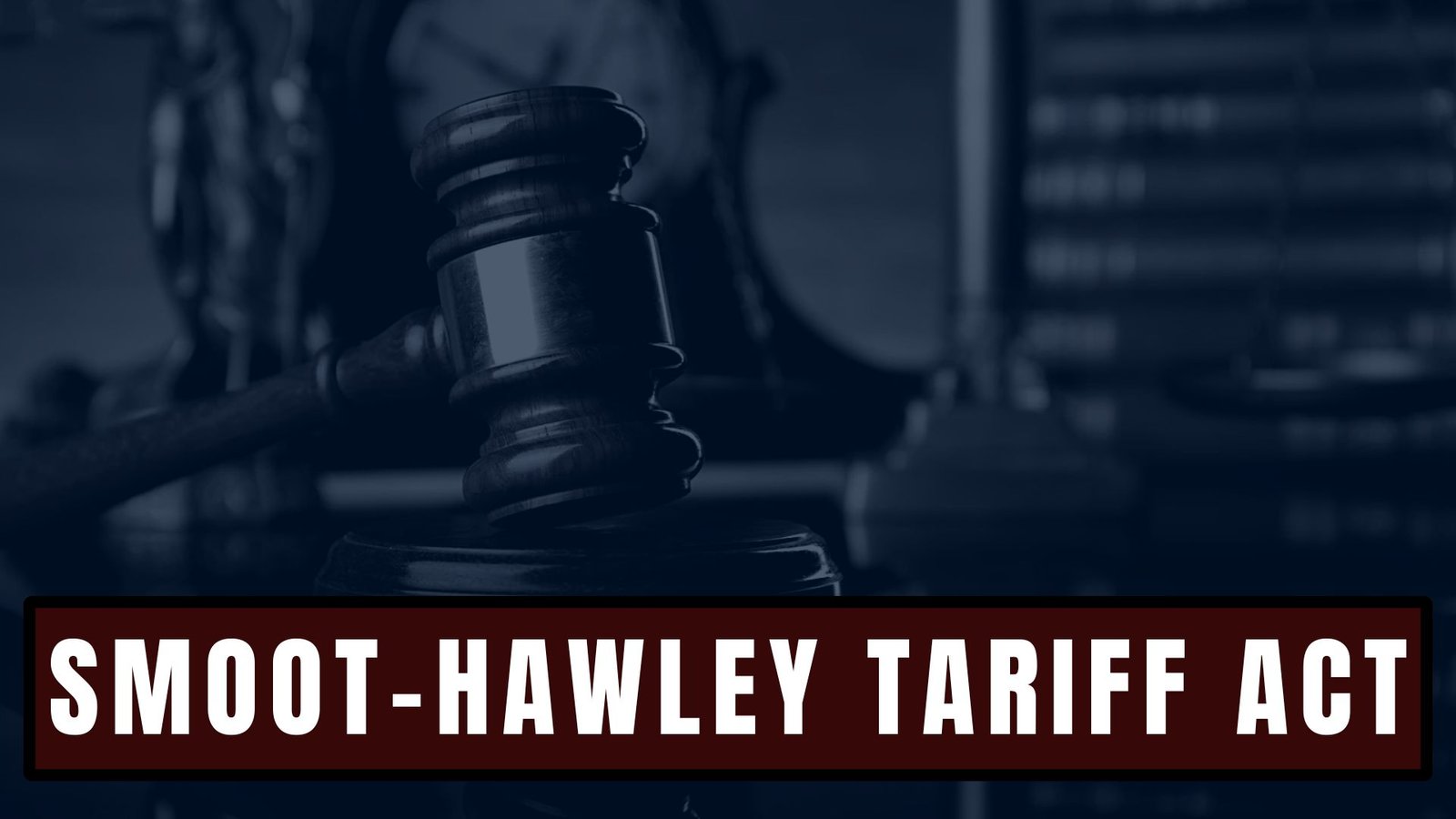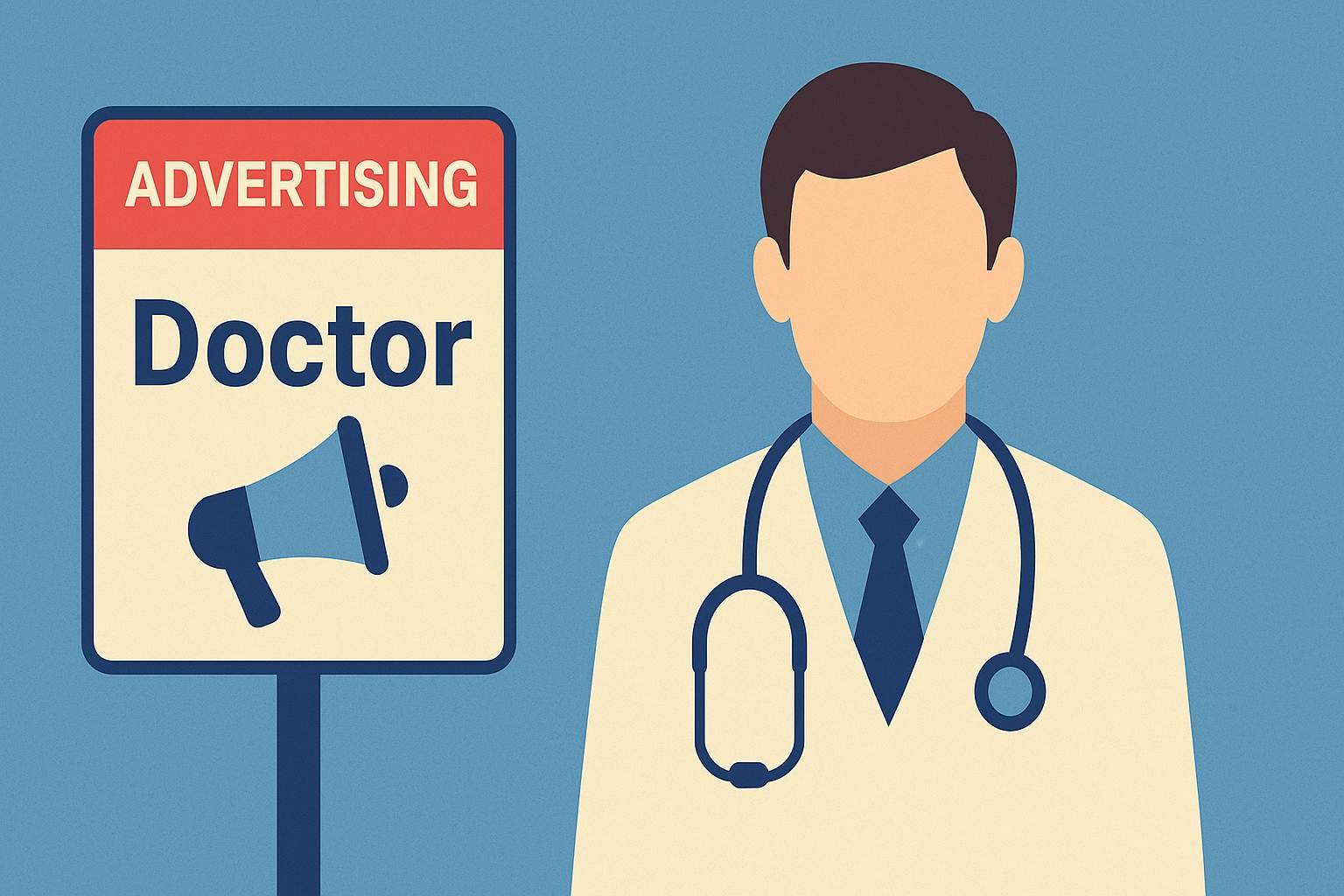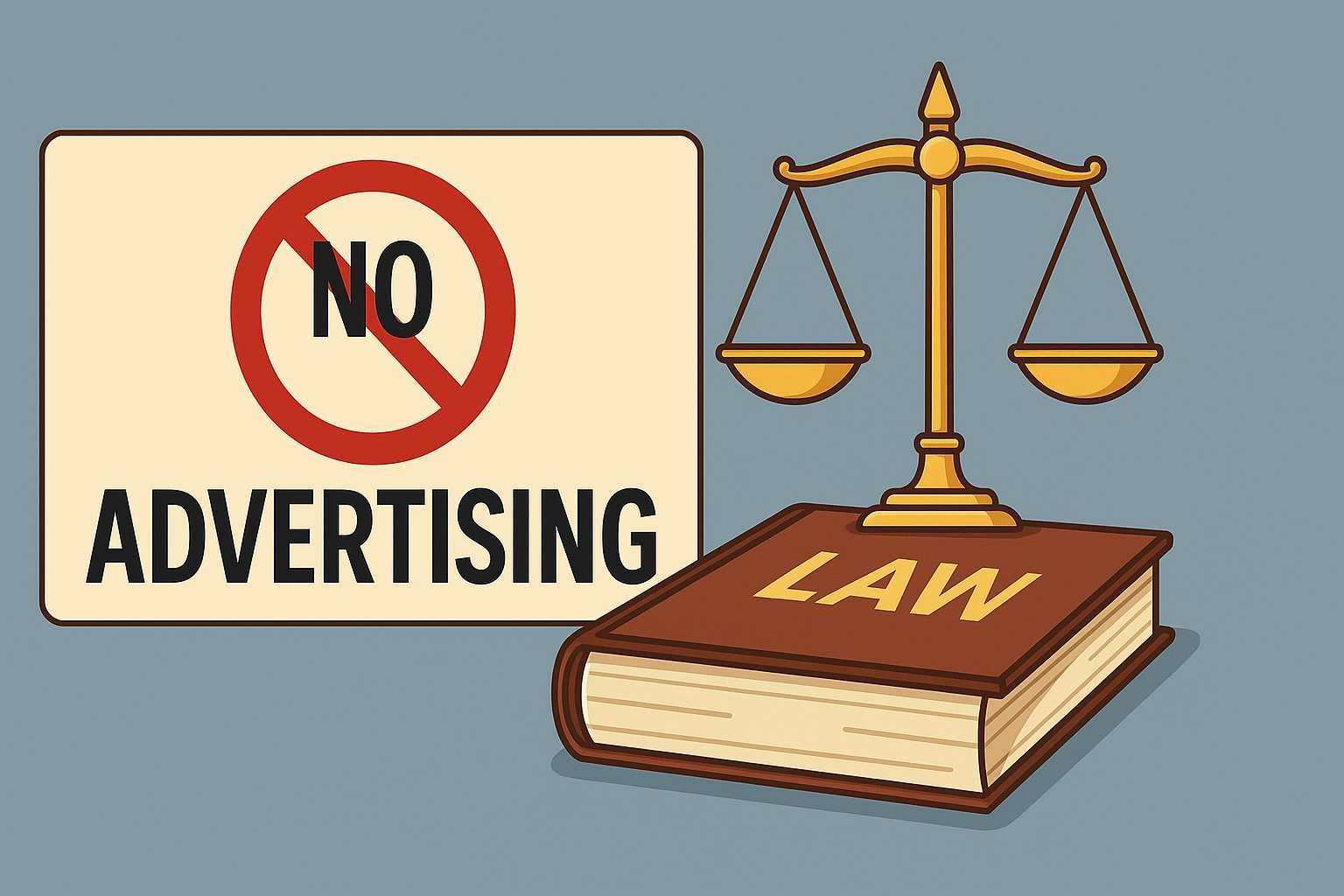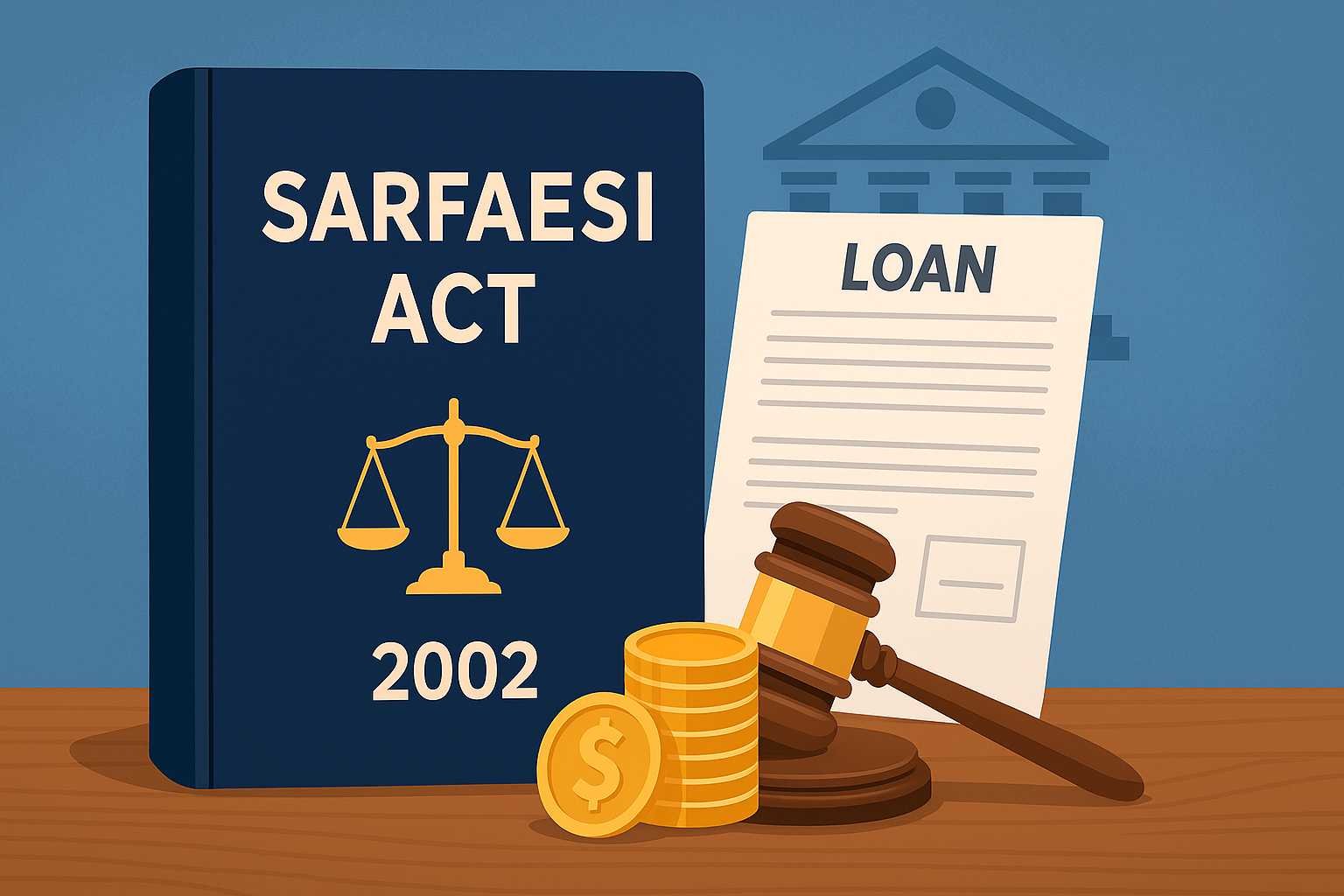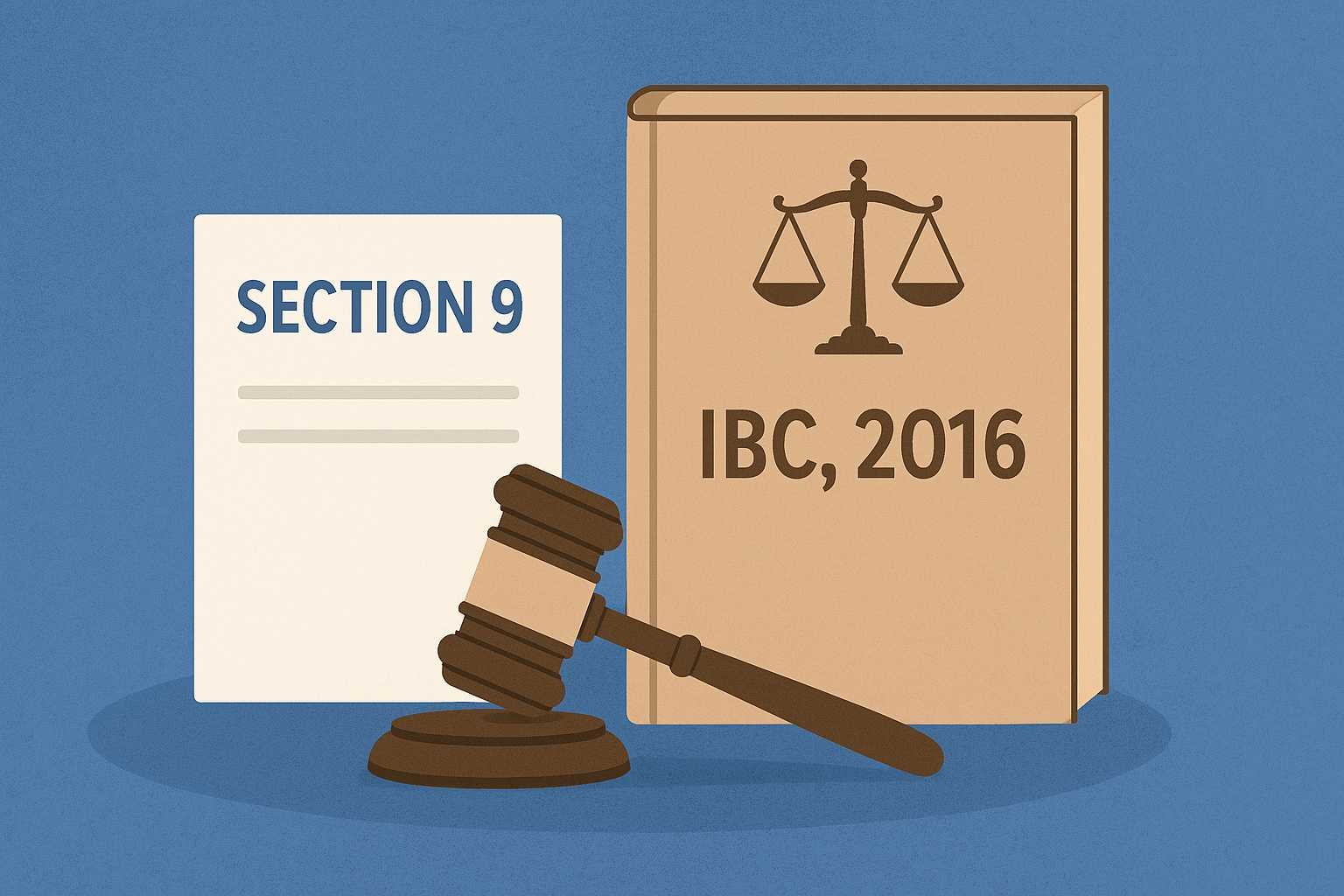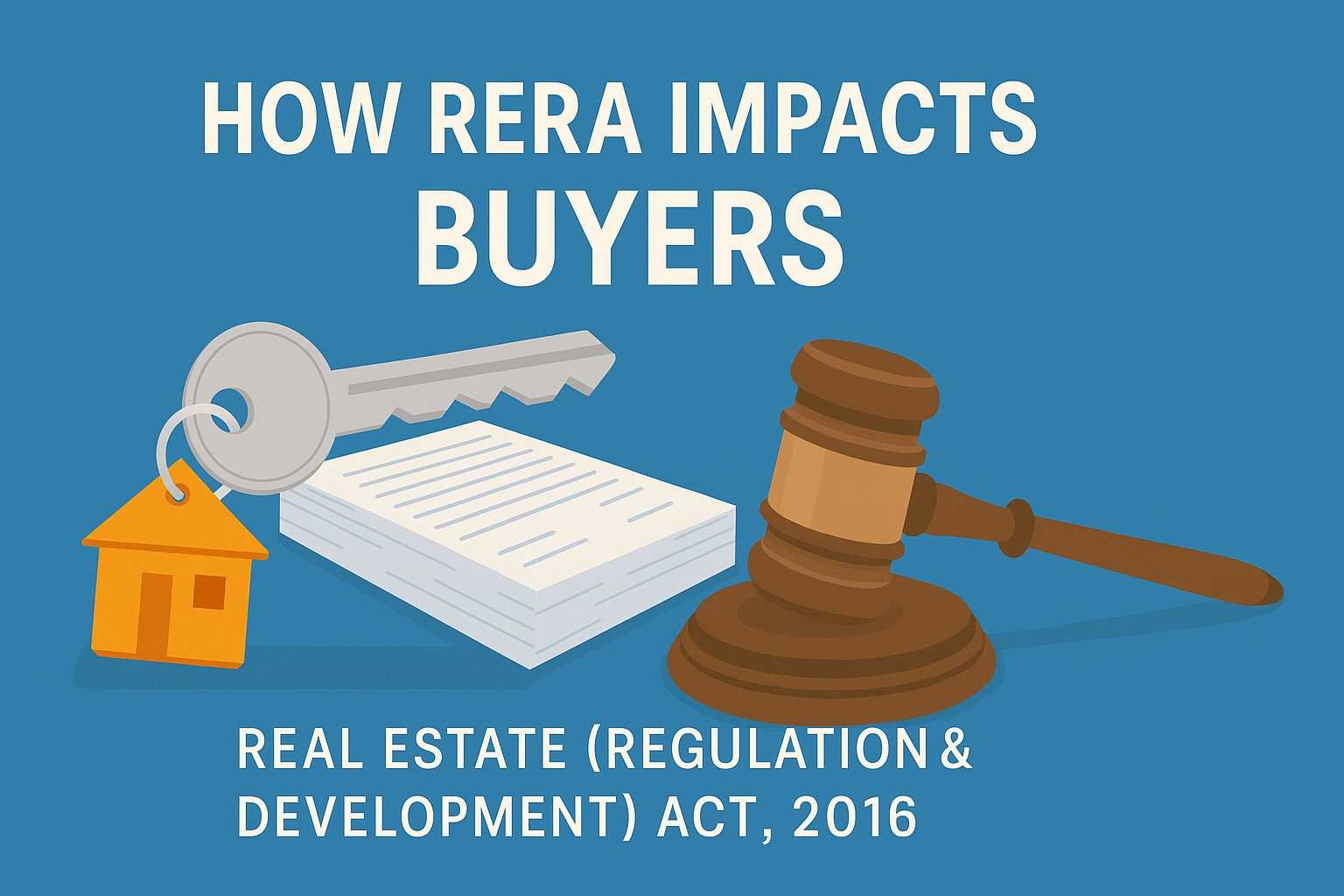On this page you will read detailed information about Smoking Ban UK.
As an engaged citizen concerned about public health policy, you likely have a nuanced perspective on smoking ban legislation in the United Kingdom. With smoking rates declining yet still responsible for over 78,000 deaths per year in the UK, lawmakers continue grappling with balancing public health interests against arguments centered on civil liberties. In your research on this issue, you’ve analyzed the history and impact of smoking bans, both positive and negative. Through this examination, you’ve gained key insights into the complex policy challenges and societal factors at play. Now you seek to articulate and share your informed point of view in a thoughtful essay aimed at contributing to the ongoing dialogue on this critical public health matter in the UK.
History of Smoking Bans in the UK
Smoking in public places and workplaces has been banned in the UK since July 2007, when England became the final part of the UK to implement legislation after Scotland, Wales and Northern Ireland. The Health Act 2006 made it illegal to smoke in nearly all enclosed public places and workplaces in England.
Initial Partial Bans
Partial smoking bans were first introduced in the UK in the early 2000s. In 2001, a law was passed banning smoking in restaurants, except in designated smoking areas. Many pubs and bars followed suit and banned smoking on their premises around this time.
Comprehensive Legislation
However, campaigners pushed for more comprehensive legislation to ban smoking in all enclosed public places and workplaces. In 2006, the UK Parliament passed the Health Act, banning smoking in nearly all enclosed public places and workplaces in England, including pubs, restaurants and clubs. Similar legislation was passed around the same time in Scotland, Wales and Northern Ireland.
Exemptions
There were a few exemptions, including designated smoking rooms in hotels, care homes and prisons. The ban did not apply to private homes, designated smoking areas in pub gardens, and outdoor public spaces. However, many businesses and public places chose to ban smoking on their entire premises, including beer gardens, patios and outside seating areas.
Impact and Reception
The smoking ban was very controversial when first introduced but it is now widely accepted and supported. Studies have found that the ban has improved health, with fewer people being admitted to hospital for heart attacks and lung infections. The majority of businesses have also seen no negative impact. However, some pubs and bars argued that the ban damaged their trade in the short term. The public broadly supports the smoking ban, with most people enjoying smoke-free environments.
The comprehensive smoking ban in enclosed public places was a major step forward for public health in the UK. Over time, it has become widely accepted and has significantly reduced exposure to secondhand smoke.
In the previous post, we had shared information about The Bill of Rights 1689: England’s Revolutionary Document, so read that post also.
The Health Act 2006: Implementing a Smoking Ban UK-Wide
National Legislation
In 2006, the UK government passed the Health Act, which prohibited smoking in nearly all enclosed public places and workplaces in England, Wales, and Northern Ireland. Scotland had passed similar legislation in 2005. The goal of the smoking bans was to protect employees and the public from exposure to secondhand smoke.
Scope of the Ban
The 2006 Health Act made it illegal to smoke in virtually all enclosed public spaces, including bars, restaurants, and workplaces. The law applied to any indoor space open to the public, with very few exceptions. Private homes, hotel rooms, and long-term care facilities were not included in the ban.
Enforcement and Penalties
Local authorities were responsible for enforcing the smoking ban. They could issue fixed penalty notices for violations, with fines of £50 or £200 depending on the offense. Failure to pay the fines could lead to criminal prosecution and maximum fines of £2,500. The smoking ban was rolled out gradually, with different parts of the UK implementing the law at different times between April 2007 and July 2007.
Impact and Reception
The smoking ban was very effective at reducing exposure to secondhand smoke. Studies found that air quality in bars and restaurants improved substantially after the ban took effect. The smoking ban was also popular, with the majority of nonsmokers and even a sizable portion of smokers supporting the legislation.
While controversial, the Health Act 2006 and its smoking bans were an important step forward in promoting public health. By reducing the health risks associated with exposure to secondhand smoke, the smoking bans have had a profoundly positive impact on health outcomes in the UK.
How the Smoking Ban Legislation Has Evolved Over Time
To begin, the first legislation was passed in 2006 across the U.K., prohibiting smoking in all enclosed public places and workspaces. This was a monumental step towards promoting public health. However, it did not include further restrictions that have since been implemented.
Smoking Ban Expanded to Vehicles and Public Spaces
In 2015, legislation was passed banning smoking in vehicles when children under the age of 18 are present. This helps protect minors from the harmful effects of secondhand smoke exposure. More recently, in 2019, the smoking ban was extended to outdoor public spaces frequented by children, such as playgrounds and school premises. Local authorities were also given the power to implement smoke-free policies for other outdoor public areas like parks.
Standardised Packaging and Tax Increases
Along with smoking restrictions, policies aimed at reducing smoking uptake and encouraging quitting have also been introduced. This includes requiring standardised plain packaging for tobacco products and significant tax increases on cigarettes. Research shows these measures are effective at achieving public health goals.
A Gradual Progression Towards a Smoke-Free Society
While anti-smoking legislation has been controversial, the gradual progression of policies in the U.K. demonstrates a commitment to health promotion. The initial smoking ban in enclosed public places paved the way for further evidence-based restrictions and interventions targeting specific at-risk groups like youth. Although smoking rates have declined substantially, more work is still needed to denormalise tobacco use and incentivise cessation so the vision of a smoke-free society can be achieved.
The evolution of smoking ban legislation and related policies in the U.K. serves as an exemplar for other countries aiming to curb tobacco use and improve population health through progressive, comprehensive tobacco control measures backed by scientific evidence. By starting with basic indoor smoking restrictions and gradually expanding to outdoor public spaces, vehicles, and other interventions, smoking has become increasingly de-normalised over time.
The Impact of the Smoking Ban on UK Businesses
Loss of Revenue from Smokers
When the smoking ban came into effect in 2007, many pubs, bars and restaurants were concerned about losing revenue from smokers who could no longer light up on the premises. Early research found that while some businesses did experience a drop in sales initially, the overall impact was fairly small. Most smokers continued to patronise their usual establishments and some non-smokers even visited more frequently due to the improved atmosphere.
Cost Savings
While the smoking ban required businesses to make adjustments, it also produced some cost savings. Improved air quality and reduced cleaning demands led to lower maintenance costs. Staff absences due to sickness dropped as exposure to secondhand smoke was eliminated. These cost reductions helped offset other expenses like increased outdoor heating or constructing designated outdoor smoking areas.
Transition Challenges
For businesses where smokers made up a large percentage of customers, the transition was more difficult. Some pubs and working men’s clubs struggled in the early days of the ban. Additional challenges included enforcing the new law with customers, installing proper outdoor facilities, and coping with changes to usual routines. However, compliance with the law was generally high and opposition subsided over time as people grew accustomed to the changes.
Long Term Benefits
Ten years after implementation, most businesses recognise the benefits of smoke-free legislation. Research shows that the smoking ban led to improved health for bar and restaurant staff, saving lives by reducing exposure to secondhand smoke. Customers also enjoy fresher, cleaner spaces in which to socialise and dine. While the transition was difficult for some, the smoking ban proved to be a sound public health policy that did not seriously harm UK businesses in the long run. Non-smoking establishments are now the norm, creating an environment where people can work, drink and dine without exposure to secondhand smoke.
Changes in Smoking Rates Since the Introduction of the Ban
Overall Decline in Smoking Rates
Smoking rates in the UK have declined significantly since the implementation of the smoking ban in enclosed public places in 2007. According to research by Action on Smoking and Health (ASH), adult smoking rates fell from 21% to 14.7% between 2007 to 2018. This substantial drop of over 6% demonstrates the positive impact anti-smoking legislation has had on discouraging the habit and improving public health.
Reduced Youth Smoking Initiation
Perhaps the most compelling evidence of the smoking ban’s success is the major reduction in youth smoking initiation. The proportion of 18 to 24-year-olds who have never smoked has increased by over 10% from the pre-ban level of 34% in 2006 to 44.5% in 2016. With fewer opportunities and social exposure to smoking, young people today are less likely to take up the habit, which will have significant long term health benefits.
Challenges and Further Progress
While the UK has made tremendous progress in reducing smoking rates, challenges remain to make further gains. Regional disparities in smoking persist, with higher rates in more deprived areas. Ongoing education campaigns and support for quitting remain crucial. In recent years, the rise of e-cigarettes has also introduced new complexities, with debate around their role in smoking cessation versus acting as a gateway for youth nicotine addiction.
Continued enforcement of smoke-free legislation, increases in taxation on tobacco products and promotion of cessation services will all contribute to sustaining the downward trend in UK smoking rates. The significant health and economic costs of smoking-related disease mean that ongoing efforts to curb smoking should remain a public health priority in the years to come. Overall, the impact of the 2007 legislation serves as an example of how policy interventions can bring about profound changes in societal attitudes and behaviors.
Ongoing Debate and Controversy Surrounding the Smoking Ban UK
The implementation of smoke-free legislation in the UK has been contentious. On one hand, the ban aims to reduce health risks from secondhand smoke exposure in public places and workspaces. On the other, critics argue that it infringes on personal liberties and harms businesses like pubs.
When the law went into effect in 2007, skepticism remained about how well it could be enforced and whether it would change social norms around smoking. However, studies show the law has been largely successful in reducing secondhand smoke exposure and influencing cultural attitudes. Air quality tests confirm a significant drop in hazardous particulates and toxins from secondhand smoke in hospitality venues. Surveys also indicate the vast majority of citizens, including smokers, support smoke-free laws today.
Detractors counter that the legislation has damaged pubs and private club industry by reducing patronage. They argue consenting adults should have the freedom to smoke in age-restricted, separately ventilated rooms. Some also claim the law has pushed more people to smoke in their homes, exposing families to greater health risks. The hospitality industry made similar arguments before the law but studies have found little evidence that it caused long term financial harm.
The debate highlights the challenges of balancing public health, commerce, and civil liberties. While smoke-free laws aim for worthy goals, they do restrict choice and impose costs on certain sectors. Policymakers have tried addressing concerns by allowing exemptions for private clubs and outdoor smoking areas. But for many, these measures do not go far enough in protecting health and changing social norms.
Overall, smoke-free legislation in the UK has been largely successful but remains controversial. Ongoing debate and dissent suggest continued efforts are needed to build understanding around the purpose and benefits of the law. But the UK’s experience can also serve as a model for other countries seeking to reduce smoking and secondhand smoke exposure. Compromise and accommodation of dissenting views may be part of shaping effective, socially-accepted tobacco control policies.
Smoking Ban Exemptions and Designated Smoking Areas
Under the Health Act 2006, designated smoking areas and certain premises are exempt from the smoking ban in the UK. Business owners can designate separate indoor smoking areas that meet strict requirements for adequate ventilation and separation from non-smoking areas.
To be exempt, a designated smoking area must:
- Be completely enclosed and physically separated from any non-smoking areas. This includes separate ventilation systems.
- Have air pressure that draws air into the smoking space to prevent smoke from escaping.
- Have self-closing doors that are kept closed except when entering or exiting.
- Have proper signage indicating it is a smoking area.
- Not have any service openings like counters or pass-through windows into non-smoking sections.
Certain premises like residential areas in psychiatric units or care homes, hotel rooms and prison cells are also exempt from the general smoking ban. Members-only clubs may apply for an exemption if they meet the criteria. Temporary exemptions for events can also be granted on a case-by-case basis.
While these exemptions exist, many businesses have opted to become completely smoke-free to promote health and wellness. Creating a smoke-free environment has additional benefits like lower costs for cleaning and maintenance. The public also largely supports wider smoking restrictions, especially to protect employees working in these venues.
Over time, exemptions and designated smoking areas may be phased out entirely in the UK to align with the goal of creating a smoke-free future. Implementing a comprehensive ban on smoking in all public places and workplaces is the most effective way to protect public health by reducing exposure to secondhand smoke. Exposing fewer people to the health risks of tobacco and secondhand smoke will help build a healthier society for all.
Enforcement and Penalties for Breaching the Smoking Ban UK
To ensure compliance with the smoking ban legislation in the UK, local authorities are responsible for enforcing the law. They monitor premises and workplaces to guarantee people do not smoke in prohibited areas. If someone is caught breaching the ban, they face legal penalties including fixed penalty notices (fines) or prosecution.
Fixed penalty notices are issued for a first offense. These fines currently stand at £50 but may increase over time to account for inflation. Failure to pay the fine can lead to prosecution in court where a judge determines a potentially larger fine. For repeat or serious offenses, local authorities have the right to prosecute violators of the smoking ban directly.
Upon conviction in court, penalties for breaching the smoking ban include:
- Higher fines of up to £200. Judges determine fines based on the nature of the offense.
- A criminal record. While prosecution for a smoking ban violation is a non-imprisonable offense, it remains on your criminal record.
- Court costs. In addition to any fines, violators must pay court fees associated with the prosecution.
- Closure or limitation orders. For premises or workplaces that repeatedly allow smoking in violation of the law, courts may order them to close for a period of time or restrict operations.
To avoid penalties and legal trouble, smokers and business owners must comply with all aspects of the smoke-free legislation. No one is permitted to smoke in any smoke-free premises or vehicles as outlined in the law. It is the responsibility of business owners and managers to ensure complete compliance in their establishments. Failing to prevent others from smoking in prohibited areas or not posting the required no-smoking signs also constitutes an offense under the smoking ban.
Overall, significant penalties exist for breaching the smoking ban in the UK. Through consistent monitoring and enforcement of the law, local governments aim to guarantee smoke-free public places and work environments for all. By understanding their obligations under the legislation and the consequences of non-compliance, smokers and businesses can avoid legal punishment.
Smoking Ban UK FAQs: Your Top Questions Answered
As smoking bans have been implemented across the UK, you likely have several questions about how these laws will impact you. This section aims to address some of the most frequently asked questions regarding smoking bans in the UK.
The smokefree laws prohibit smoking in virtually all enclosed public places and workplaces. This includes but is not limited to:
•Restaurants, pubs, and bars
•Public transport like buses, trains, and taxis
•Indoor workplaces like offices, factories, and shops
•Hotels and motels
•Council buildings
•Schools, universities, and colleges
Outdoor areas are not covered under the bans, although some towns and cities have implemented restrictions for outdoor spaces. Private homes, residential care facilities, designated hotel rooms, and prisons are also exempt from the laws.
Smoking bans were first implemented in Scotland in March 2006, followed by Wales and Northern Ireland in April 2007. England’s ban went into effect July 2007. The laws were passed to protect employees and the public from the harmful effects of secondhand smoke.
Local authorities and the police are responsible for enforcing the smokefree laws. They have the right to enter premises to check for compliance. Those found breaking the law can face substantial fines of up to £200 in Scotland and Wales or £50 in England. Repeat offenders or serious breaches of the ban may lead to prosecution.
The smoking bans aim to protect public health by reducing exposure to secondhand smoke, which causes cancer and other diseases. Banning smoking in public places has been found to significantly improve health outcomes. Studies show reduced rates of heart attacks, strokes, and childhood asthma attacks after the implementation of smoking restrictions. The laws also make venues more pleasant and hygienic for most patrons and staff.
In summary, the UK’s smokefree laws aim to curb smoking in public places and workplaces in order to promote better health for citizens and a more pleasant environment for all. While the bans restrict personal freedoms to some degree, they have led to substantial public health benefits according to research. If you have additional questions about how the smokefree laws apply to you, check with your local council for details.
Conclusion
As we have seen, the introduction of smoking bans in public places and workplaces across the United Kingdom has been a controversial issue, with passionate views on both sides. While opponents argue such legislation infringes on personal freedoms, proponents emphasize the public health benefits. When examining the impact of smoking bans, you must weigh these factors carefully. Consider not just the libertarian aspect, but also how policies can improve community well-being. The debate continues as jurisdictions expand no-smoking zones. You have a civic duty to stay informed and engaged. Laws evolve gradually, shaped by public discourse. Make your voice heard in a constructive manner. Though consensus remains elusive, progress comes through open-mindedness, empathy and compromise.
Disclaimer
The information and services on this website are not intended to and shall not be used as legal advice. You should consult a Legal Professional for any legal or solicited advice. While we have good faith and our own independent research to every information listed on the website and do our best to ensure that the data provided is accurate. However, we do not guarantee the information provided is accurate and make no representation or warranty of any kind, express or implied, regarding the accuracy, adequacy, validity, reliability, availability, or completeness of any information on the Site. UNDER NO CIRCUMSTANCES SHALL WE HAVE ANY LIABILITY TO YOU FOR ANY LOSS OR DAMAGE OF ANY KIND INCURRED AS A RESULT OR RELIANCE ON ANY INFORMATION PROVIDED ON THE SITE. YOUR USE OF THE SITE AND YOUR RELIANCE ON ANY INFORMATION ON THE SITE IS SOLELY AT YOUR OWN RISK. Comments on this website are the sole responsibility of their writers so the accuracy, completeness, veracity, honesty, factuality and politeness of comments are not guaranteed.
So friends, today we talked about Smoking Ban UK, hope you liked our post.
If you liked the information about Smoking Ban UK, then definitely share this article with your friends.

